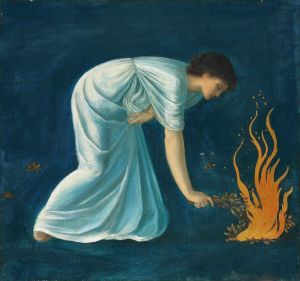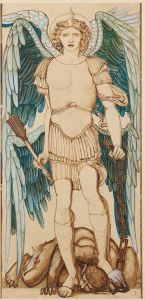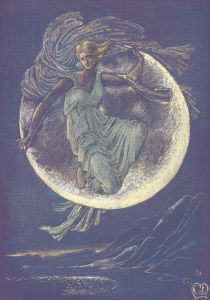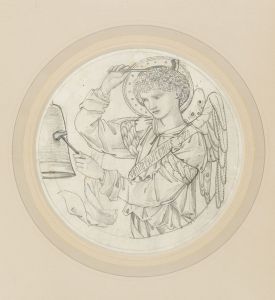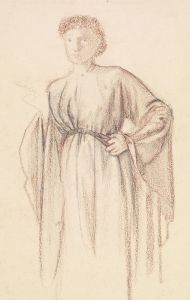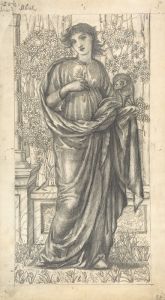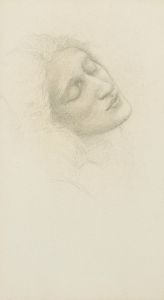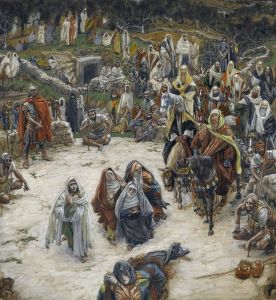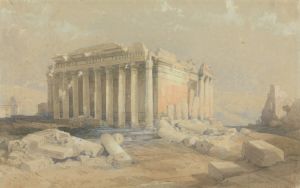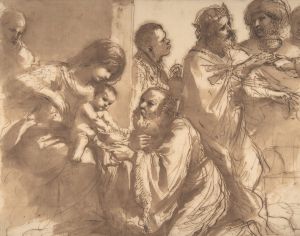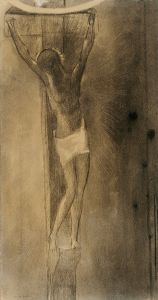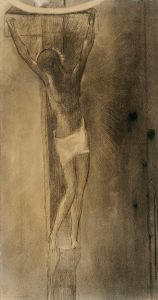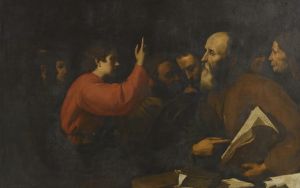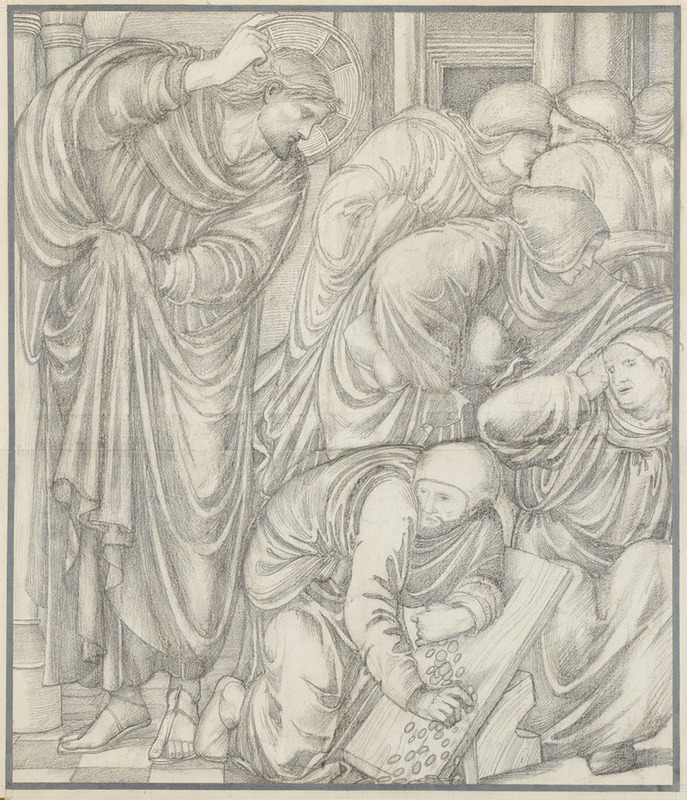
Christ Cleansing the Temple
A hand-painted replica of Sir Edward Coley Burne-Jones’s masterpiece Christ Cleansing the Temple, meticulously crafted by professional artists to capture the true essence of the original. Each piece is created with museum-quality canvas and rare mineral pigments, carefully painted by experienced artists with delicate brushstrokes and rich, layered colors to perfectly recreate the texture of the original artwork. Unlike machine-printed reproductions, this hand-painted version brings the painting to life, infused with the artist’s emotions and skill in every stroke. Whether for personal collection or home decoration, it instantly elevates the artistic atmosphere of any space.
"Christ Cleansing the Temple" is a painting by the British artist Sir Edward Coley Burne-Jones, a prominent figure in the Pre-Raphaelite Brotherhood, a movement that sought to return to the detail, intense colors, and complex compositions of Quattrocento Italian art. Burne-Jones, known for his romantic and mythological subjects, was a key figure in the later phase of the Pre-Raphaelite movement and was closely associated with the Arts and Crafts Movement.
The painting depicts the biblical scene of Jesus expelling the money changers from the Temple in Jerusalem, an event described in all four canonical gospels of the New Testament. This narrative is often interpreted as a critique of commercialism and corruption, themes that resonated with the moral and aesthetic ideals of the Pre-Raphaelites. Burne-Jones's interpretation of this scene would likely reflect his interest in medievalism and his commitment to the moral and spiritual dimensions of art.
Burne-Jones's work is characterized by its meticulous attention to detail, use of vibrant colors, and complex compositions, all of which are likely present in "Christ Cleansing the Temple." His paintings often feature elongated figures and a sense of otherworldly beauty, drawing on medieval and classical sources for inspiration. While specific details about the composition and style of this particular painting are not widely documented, it can be inferred that Burne-Jones applied his typical stylistic approach to this biblical subject.
The artist's broader oeuvre often explores themes of redemption, purity, and the struggle between good and evil, which align with the narrative of Christ cleansing the temple. Burne-Jones's work is also noted for its emotional depth and symbolic complexity, suggesting that "Christ Cleansing the Temple" would engage with these themes in a nuanced manner.
Burne-Jones was a contemporary and close associate of William Morris, and his work often reflects the ideals of the Arts and Crafts Movement, which emphasized craftsmanship and the intrinsic value of art. This movement sought to counteract the negative effects of industrialization by promoting a return to handcraftsmanship and the integration of art into everyday life.
While specific exhibition history or critical reception of "Christ Cleansing the Temple" is not extensively documented, Burne-Jones's work, in general, was well-received in his time and continues to be studied and appreciated for its aesthetic qualities and its contribution to the Pre-Raphaelite and Arts and Crafts movements. His paintings are held in numerous public and private collections, and his influence extends beyond his own time, impacting later generations of artists.
In summary, while detailed information about "Christ Cleansing the Temple" by Sir Edward Coley Burne-Jones is limited, the painting can be contextualized within the artist's broader body of work and the artistic movements with which he was associated. Burne-Jones's commitment to beauty, craftsmanship, and moral themes would likely be reflected in this depiction of a significant biblical event.





